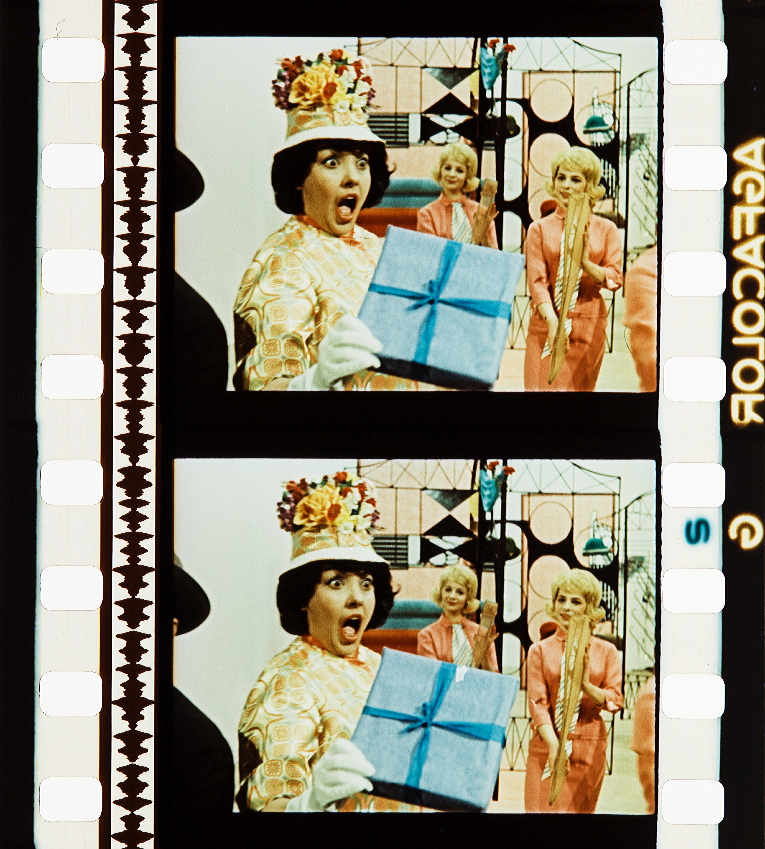SNSF Film Colors. Technologies, Cultures, Institutions
Project Leader
Project Team
MA Noemi Daugaard, Doktorandin, noemi_daugaard@access.uzh.ch
MA Josephine Diecke, Doktorandin josephine.diecke@uzh.ch
Mitarbeiter für das Datenmanagement:
MA Sabrina Züger, BA Manuel Joller, BA Jamie-Lee Moser, MA Meredith Stalder
Abstract
Historical color film processes and color aesthetics are significant and extremely timely themes. For an ethically respectful translation of photochemical films into the digital domain, profound knowledge of historical technologies and aesthetics is necessary in order for the works to remain visible and circulate in their historical appearance. To date, an integrative approach connecting various aspects of film colors, from technology and aesthetics to narration, perception and the affective effects of color, as well as their cultural and institutional development history, does not yet exist.
Based on the extensive preliminary work and comprehensive collection of materials conducted in the framework of the interactive digital humanities project Timeline of Historical Film Colors, the research project Filmcolors. Technologies, Cultures, Institutions has been closing this research gap with a focus on the cultural and institutional contextualization of color film technologies.
In this integrative perspective, film colors have been connected to the material and technological condition of their production, on the one hand. On the other, this approach demonstrates that both the technologies as well as their production did not emerge from a vacuum, but were fundamentally influenced by cultural and institutional circumstances in their configuration. This project is arranged to be complementary to the ERC Advanced Grant FilmColors, which is centered on the connection of technology and aesthetics, including the development of an interactive crowdsourcing tool, chemical-physical measurements and material analyses, and the development of new approaches to film restoration.
The methodological proceeding is funded on the technobole approach and the social construction of technology (SCOT), which questions the foundations of technological developments in epistemology, perception theory and culture and, on the basis of these foundations, analyzes the mechanisms of exchange between technology and culture while focusing on the aesthetic outcomes of this exchange. From this interaction, conceived as a feedback loop, completely new insights can be gained.
Two dissertation projects are investigating the cultural and institutional dimensions of technological color film processes with focal points on two comprehensive time periods: the early days of color film technologies from the first hand-colored and tinted films to the mimetic two-color and three-color processes in the 1930s, executed by Noemi Daugaard, and the first heyday and standardization of mimetic three-color processes in the 1930s up to the dominance of chromogenic technologies from the 1950s onwards by Josephine Diecke with a focus on Agfacolor.
Building on the advance in knowledge and groundwork produced by the Timeline of Historical Film Colors, the results surpass the current state of research and generate a significant international research impulse.
Beyond the academic community, the results will flow into the handling of specific questions of archivists and film restorers, thus contributing to a digital reproduction of film heritage in its historical impression/appearance that is as based on sound research.
